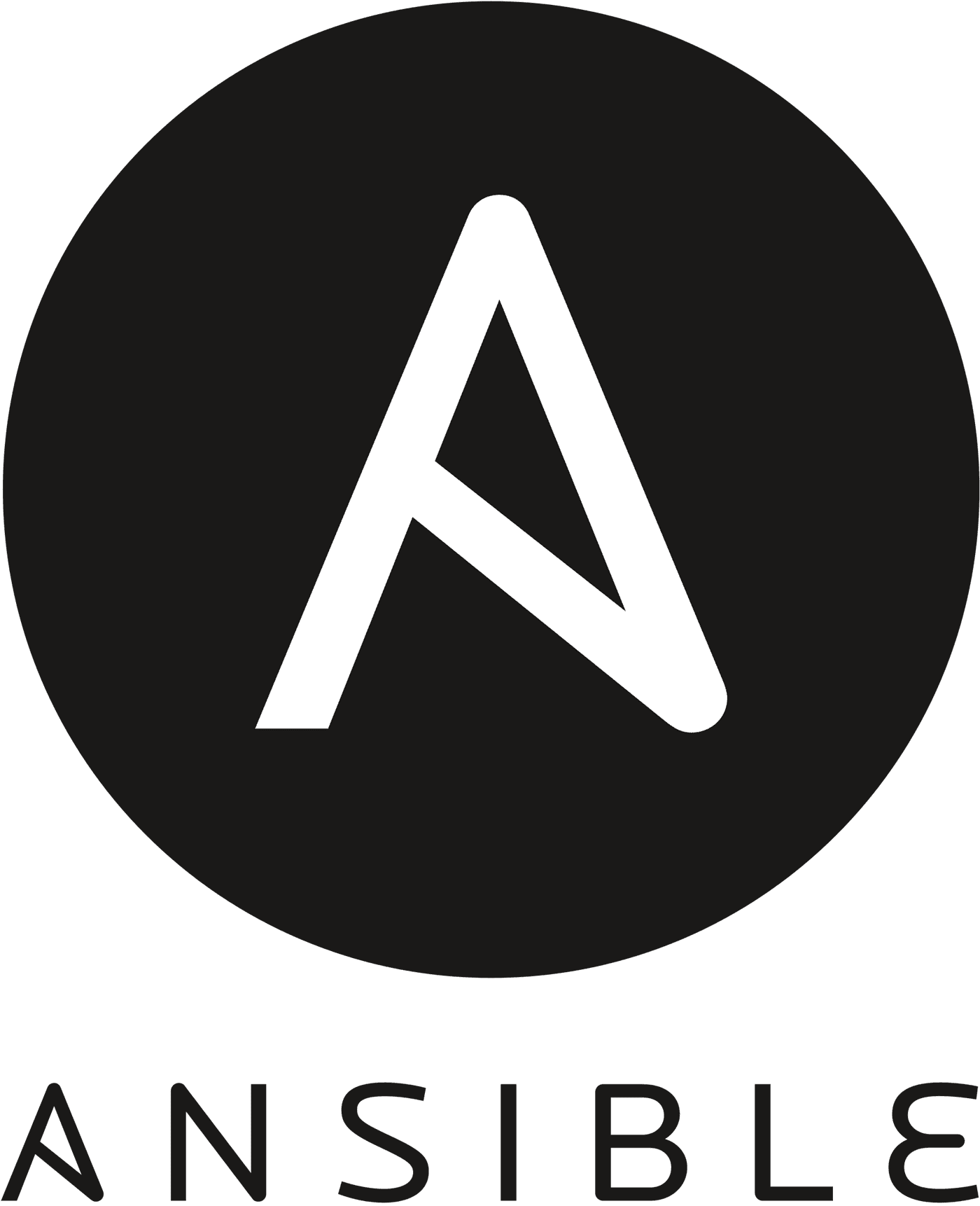Category: Tutorials
The Liquid Web knowledgebase provides information on thousands of topics surrounding every aspect of hosting, Linux, Windows, and countless other article types that help boost your Liquid Web experience!
Remove Package in Ubuntu: Linux How to Uninstall
Ubuntu is a very popular Linux distribution, providing an easy-to-use interface and a large number of software packages. However, people often inquiry about how to uninstall programs in Ubuntu.
Ansible Setup: Configure Ansible for IT Automation via IaC

Whether you want to manage configurations of your on-premises or cloud hosted server, Ansible is one of the most reliable tools in its category. It is an open-source, cross-platform automation tool that has revolutionized how IT professionals manage their servers, offering streamlined workflows and improved productivity. As you ramp on this technology, be sure check our informative articles, What is Ansible and What Does it Do? and An Introduction to Ansible Playbooks.
Neo4j Graph Database: Installing Neo4j on Ubuntu 20.04

In this tutorial, we will examine and discuss what the Neo4j graph database is, what it is used for, and how it is implemented. In the sections that follow, we will install Neo4j on an Ubuntu 20.04 server, and then we configure the database software appropriately. However, let's first review some important database concepts that apply to Neo4j.
How to Install PyCharm on Linux (AlmaLinux)
The integrated development environment (IDE) for the Python programming language is called PyCharm. Python developers utilize it as one of the most well-liked and prevalent IDEs. PyCharm offers a variety of tools and capabilities to help developers write, test, and debug Python code more efficiently. JetBrains created PyCharm and the IDE gets great reviews within the Python development community.
Understanding a DMARC Record & Adding One to Your DNS
Email-based communications can contain sensitive information, and when your company uses email to communicate, it makes sense that you want those messages to stay secure. Domain-based Message Authentication, Reporting, and Conformance (DMARC) is an email authentication policy created to protect email domains from criminals looking to steal your information. Along with DMARC, other email protections — like DomainKeys Identified Mail (DKIM) and Sender Policy Framework (SPF) — can be utilized so that ISPs can recognize legitimate emails from spoofing and other attacks.
Liquid Web Terraform Provider Deploying WordPress
Deploying and managing a robust WordPress website on cloud platforms such as Liquid Web or Amazon Web Services (AWS) becomes significantly easier when utilizing Infrastructure as Code (IaC) tools like Terraform to leverage the capabilities of modern cloud-based web hosting infrastructure. Liquid Web can provide the resources and guidance you need to get started.
Creating a Liquid Web Cloud API Token in the my.liquidweb.com Interface
Liquid Web’s Cloud has a robust Application Programming Interface (API) that allows for accessing your account from outside the my.liquidweb.com interface. For example, the API can be used to manage and integrate many things directly into your cloud infrastructure. Ranging from the Liquid Web Command Line Interface (LW CLI) utility, our Terraform infrastructure-as-code (IaC) provider, to the Web Host Manager Complete Solution (WHMCS), — the list is endless.
A Brief Review of Terraform Setup on Liquid Web Hosting
Let's briefly review how to set up Terraform — leveraging Infrastructure as Code (IaC) — on the hosting platform run by Liquid Web. For starters, as one example, deploying WordPress on Terraform using the Liquid Web command line interface (CLI), is done in a manner similar to using any other CLI.
Using the Liquid Web Command Line Interface (LW CLI)
What is the Liquid Web Command Line Interface (LW CLI)?
This is the official command line interface for the Liquid Web API. CLI stands for the “command line interface” which is used for interacting with multiple Liquid Web services via the Liquid Web’s Public API.
How to Install Django on AlmaLinux
Django is a full-featured Python web development framework that is free and open source. It provides several tools to improve software development and is used to create dynamic frameworks and applications. It also includes a set of tools for building scalable web applications.
Our Sales and Support teams are available 24 hours by phone or e-mail to assist.

